The globetrotting adventures of the Kohinoor, India’s most famous diamond
1739: The Kohinoor, set in the head of one of the peacocks on Shah Jahan’s Peacock Throne, leaves India and the Mughal treasury when Nader Shah carted away the Peacock Throne after the sack of Delhi. He takes the Kohinoor to his native Iran, along with a treasury that eight generations of Mughals had put together. The Peacock Throne, along with other Mughal jewels, is then put on display at Herat.
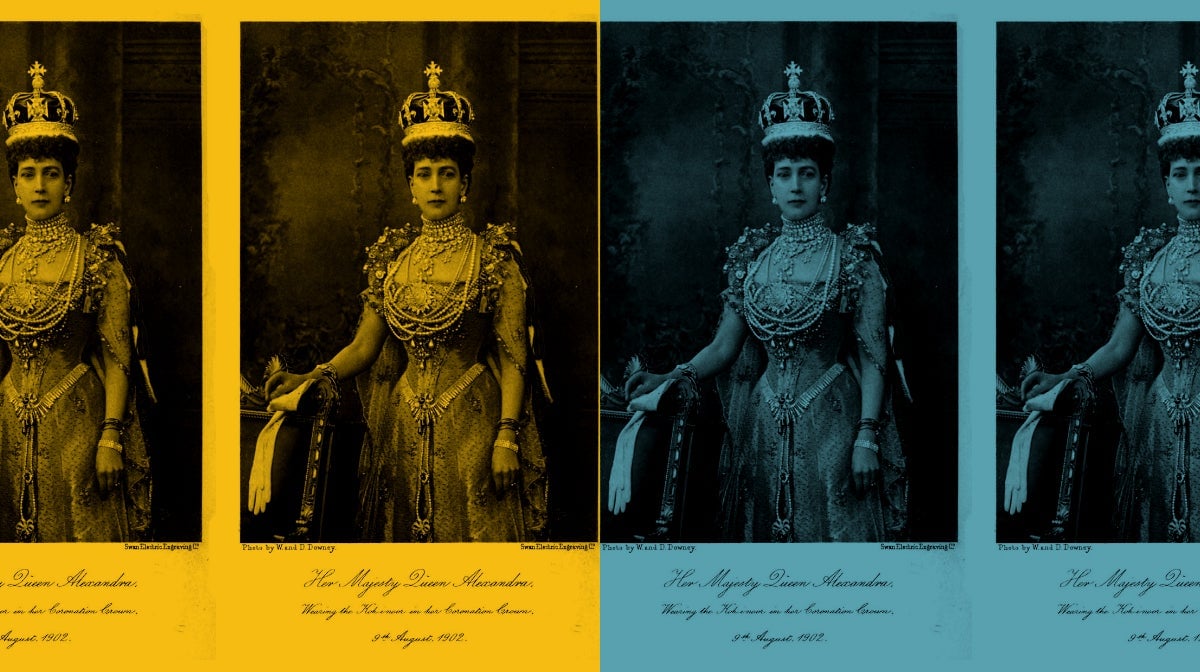

1739: The Kohinoor, set in the head of one of the peacocks on Shah Jahan’s Peacock Throne, leaves India and the Mughal treasury when Nader Shah carted away the Peacock Throne after the sack of Delhi. He takes the Kohinoor to his native Iran, along with a treasury that eight generations of Mughals had put together. The Peacock Throne, along with other Mughal jewels, is then put on display at Herat.
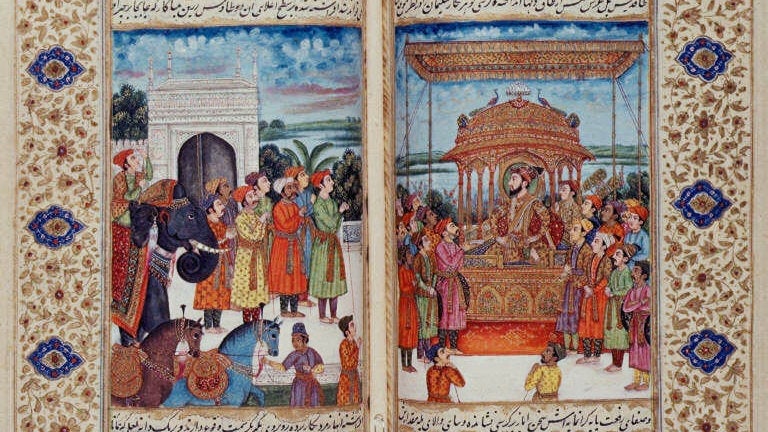
1747: Nader Shah is murdered by the overseer of his household and head guard. A frenzy of loot and murder follows. What happens to the Kohinoor at this point has long been a mystery. But a previously untranslated Afghan source gives the answer. Ahmad Khan Abdali, Nader Shah’s trusted and most senior Afghan general, is gifted the Kohinoor diamond and the Timur ruby, both of which Nader Shah had removed from the Peacock Throne, by the first lady of Nader Shah’s harem as a reward for guarding the harem and overpowering the renegade looters in the aftermath of the assassination. Ahmad Khan Abdali, who then starts wearing the Kohinoor in an armband, leaves for Kandahar, taking the Kohinoor with him. There he takes the throne to create what in time becomes a new country, Afghanistan, where the Kohinoor remains for the next 70 years.
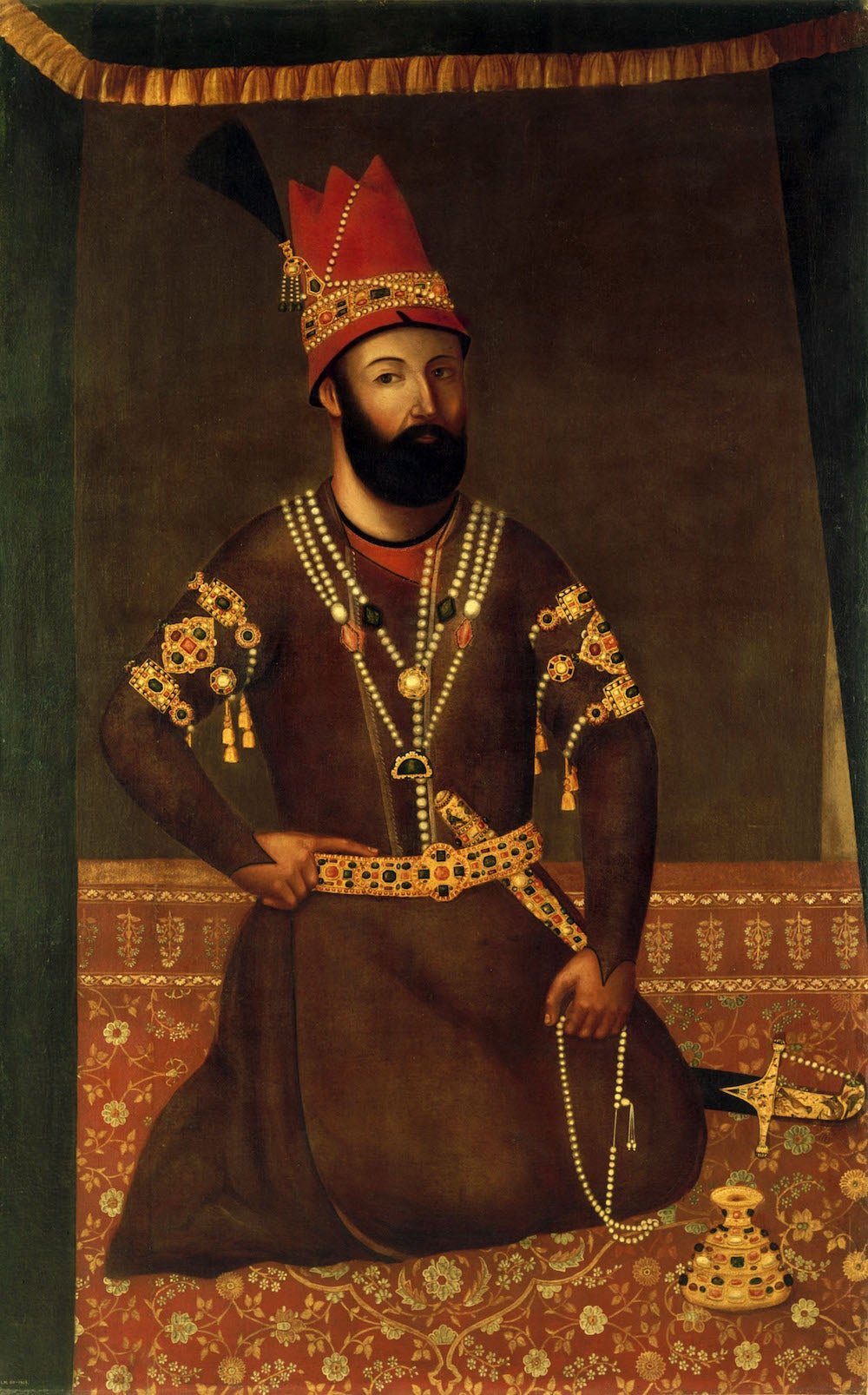
1772 (approx): Ahmad Shah Abdali dies. His son, Timur Shah, succeeds him and gets the Kohinoor diamond.
1793: Timur Shah dies, probably of poisoning. His 24 sons get into a bitter war of succession. Under Timur Shah’s successor, Shah Zaman, the empire starts to disintegrate. He places Lahore under the governorship of Ranjit Singh.
1800: Shah Zaman is captured, thrown into a dungeon, and blinded by an Afghan chieftain. He slips the Kohinoor into the crack in a wall of his cell.
1803: Shah Zaman’s brother Shah Shuja seizes power. One of his first acts is to search for the Kohinoor, which is found on the desk of a mullah who has been using it as a paperweight. It is taken to Kabul, where Shah Shuja wears it on his arm.
1809: Shah Shuja is deposed, and he and his blind brother Shah Zaman live in peripatetic exile. Shuja carries the Kohinoor with him wherever he goes.
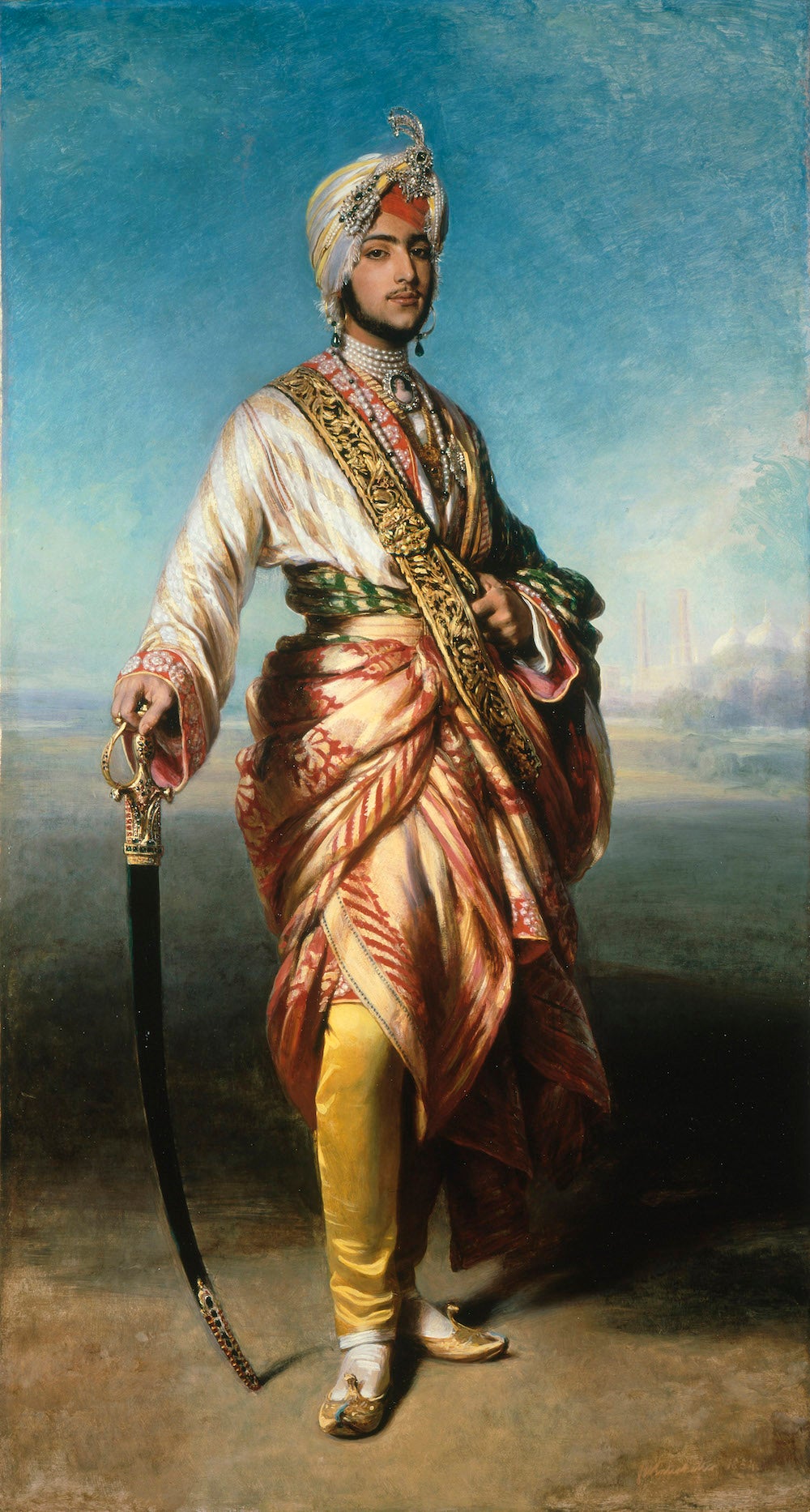
1810 (approx): Shah Shuja is imprisoned by the governor of Kashmir and held there. Shah Shuja’s wife, in Lahore, cuts a deal with Ranjit Singh: the Kohinoor will be his if he can rescue Shuja.
1813: Ranjit Singh rescues Shah Shuja, but Shuja wants to hang on to the Kohinoor. All sorts of pressure tactics are deployed, including putting Shuja in a cage and torturing his son in front of him. Shuja finally hands over the Kohinoor to Ranjit Singh in return for a treaty of friendship, money, and an estate. The diamond remains with the Sikhs for the next 36 years, and becomes a symbol of their sovereignty.
1849: A ten-year-old Duleep Singh, Ranjit Singh’s son, who succeeds his father to the throne after three of his half-brothers have perished, is forced to hand over the Kohinoor to the British as part of the Treaty of Lahore.
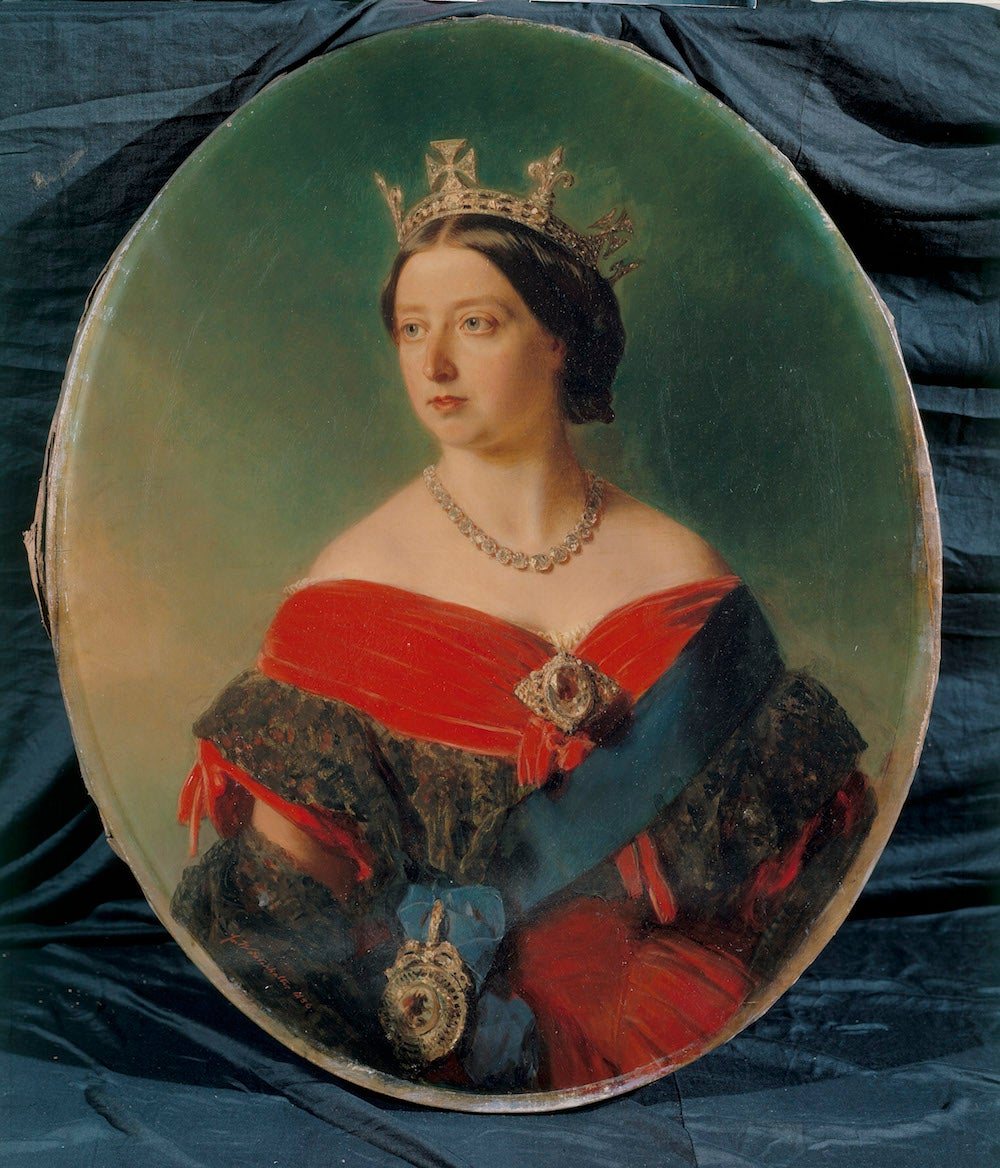
February 1850: The Kohinoor reaches Bombay where it is stored at the Bombay treasury on its way to London.
April 1850: The Kohinoor is loaded on The Medea. The ship stops at Mauritius en route to Plymouth.
June 1850: The Medea limps into Plymouth. The Kohinoor is spirited away on a special train to London, where it is kept in the East India Company’s headquarters on Leadenhall Street before being presented to Queen Victoria two days later.
Excerpted with permission from Kohinoor: The Story of the World’s Most Infamous Diamond, William Dalrymple and Anita Anand, Juggernaut. This post first appeared on Scroll.in. We welcome your comments at [email protected].